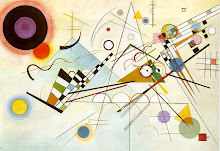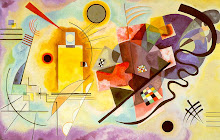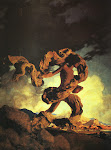The Little Lemon Merchant
c. 1895
Pelez is a very interesting, though not particularly well-known artist, who remains unknown, I think, not because he was unoriginal or demonstrated poor execution in his works, but because his novelty was very nebulous. While a French Realist, he shared far more in common, once we look forward, with American Realists, who were greatly interested in social criticism, than with his contemporaries. At other points, Pelez's art takes on strong aspects of Romanticism, as in Adam and Eve, and even foreshadows Photorealism, as in Misery at the Opera. Hard to define, don't you think?
Grimaces and Misery or Circus Performers
1888
Adam and Eve
1876
Misery at the Opera
c. 1885
A Martyr or The Violette Merchant
c. 1885
.jpg)
.jpg)
.jpg)
.jpg)
.jpg)
.jpg)
.jpeg)
.jpg)
.jpg)
.jpg)
.jpg)
.jpg)
.jpg)
.jpg)
.jpg)
.jpg)
.jpg)
.jpg)
.jpg)
.jpg)
.jpg)
.jpg)
.jpg)
.jpg)
.jpg)
.jpg)
.jpg)
.jpg)
.jpg)
.jpg)
.jpg)
.jpg)
.jpg)
.jpg)
.jpg)
.jpg)
.jpg)
.jpg)
.jpg)
.jpg)
.jpg)
.jpg)
.jpg)
.jpg)
.jpg)


.jpg)

.jpg)
.jpg)
.jpg)
.jpg)







